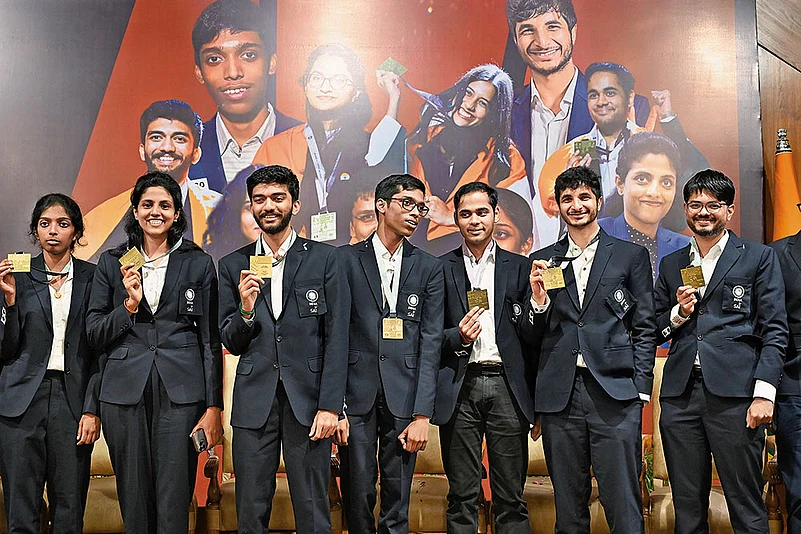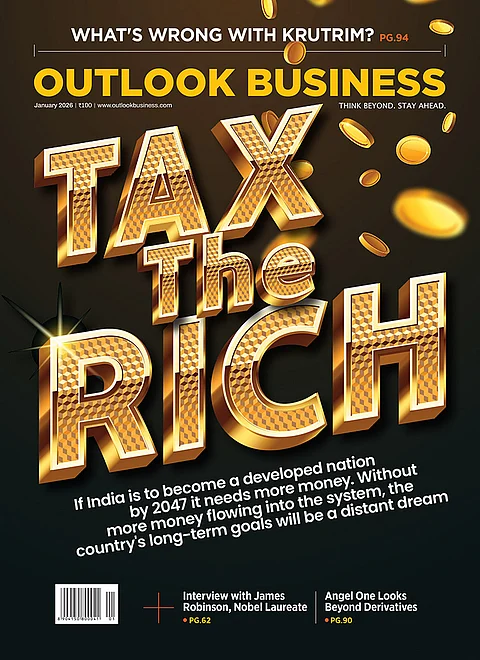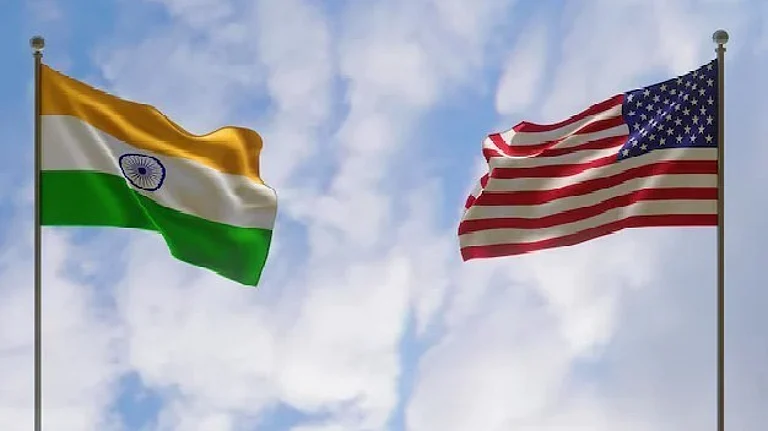Three-year-old Anish Sarkar from West Bengal balances on a pile of chairs, staring intently at the chess board in front of him, his right hand placed on his chin. His focus never wavers. On the other side are three chess grandmasters. The toddler is the youngest rated chess prodigy, achieving an International Chess Federation (FIDE) rating of 1555.
Sarkar’s emergence comes at an exciting moment for chess in India. The international success of Arjun Erigaisi, Rameshbabu Praggnanandhaa and Dommaraju Gukesh and India’s historic double gold victory at the Chess Olympiad in Budapest this year have cemented India’s place on the global chess map.
Gold Standard
At the 45th FIDE Chess Olympiad in Budapest, India created history by winning gold medals in both the open and women’s events. “It feels like a magical time for India,” said former five-time world champion Viswanathan Anand on the FIDE YouTube channel ahead of the final day, when India was on the cusp of victory.
The open team of Gukesh, Praggnanandhaa, Erigaisi, Vidit Gujrathi and Harikrishna Pentala won by a margin of 4 points (21 versus the United States’s 17) while the women’s team of Harika Dronavalli, Vaishali R, Divya Deshmukh, Vantika Agrawal and Tania Sachdev won it 19–18 against Kazakhstan.
The international success of Erigaisi, Praggnanandhaa and Gukesh, and India’s historic double gold victory at the Chess Olympiad in Budapest have cemented India’s place on the global chess map
The double triumph caps years of investment to develop chess in India. It has also helped that top players, such as Anand, have been deeply involved in cultivating the sport. More recently, private sponsorship has taken an interest.
The rapid progress in men’s and women’s chess in 2023 culminated in the 2024 Olympiad. The double gold comes just two years after India’s bronze medals in the women’s and open sections at the 2022 Olympiad in Mamallapuram, Chennai. This was also the first medal for the women’s team. Will this give an impetus to others to pick up the sport?
“It adds to the momentum. Chess already has a very favourable image in India. If Gukesh becomes world champion in December, it would be another boost,” says Devangshu Datta, chess commentator and an internationally rated chess player.
Since India’s debut at the 12th Chess Olympiad in 1956, the game has grown in popularity driven by access to quality coaching, online chess and the international success of young players. “There has been steady growth in chess over 30–40 years. It is a very important moment for the Indian community overall, a moment of awareness,” says grandmaster and former national champion Pravin Thipsay.
Coming of Age
The numbers speak for themselves. India has 85 grandmasters in chess, up from 20 in 2007. Eleven players ranked among the top 100 in the world are from India. Contrast this with one grandmaster—Viswanathan Ananda—in 1987 and three in 1999.
While the ecosystem has gradually expanded, the current boom is being driven by young players. The average age of the Indian chess teams, for instance, is 22. “Chess is a young person’s game and the Uzbek team that won gold in Chennai and bronze in 2024 is even younger. India has an assembly line of very strong young players, and it would be a big force for the next two decades,” says Datta.
Thipsay, however, cautions that the gap between participation in men’s and women’s chess has not been bridged yet; the disparity reflected in the ages of the players. While men’s chess has grown in popularity, women’s chess has struggled to match the trajectory of their male counterparts. He is hopeful that this will change with the growth of online platforms and training.
“Now with people not needing direct coaching, 22–23 could be the optimal age of a player to reach their best level. It is going to be like gymnastics,” he says.
The future looks promising for a new generation that is trying its luck at promotional junior chess events. Datta says that India has a robust local circuit and several opens that usually see record numbers of participants. And while more events would be welcome, so would initiatives that make visas and travel easier along with financial support for youngsters to play globally.
This would be good news for the 33,000 rated chess players in India. For now, buoyed by community and corporate support, chess fever shows no signs of abating, says Thipsay, adding, “We are still a small number. Take it to the public. Don’t play online only.”












